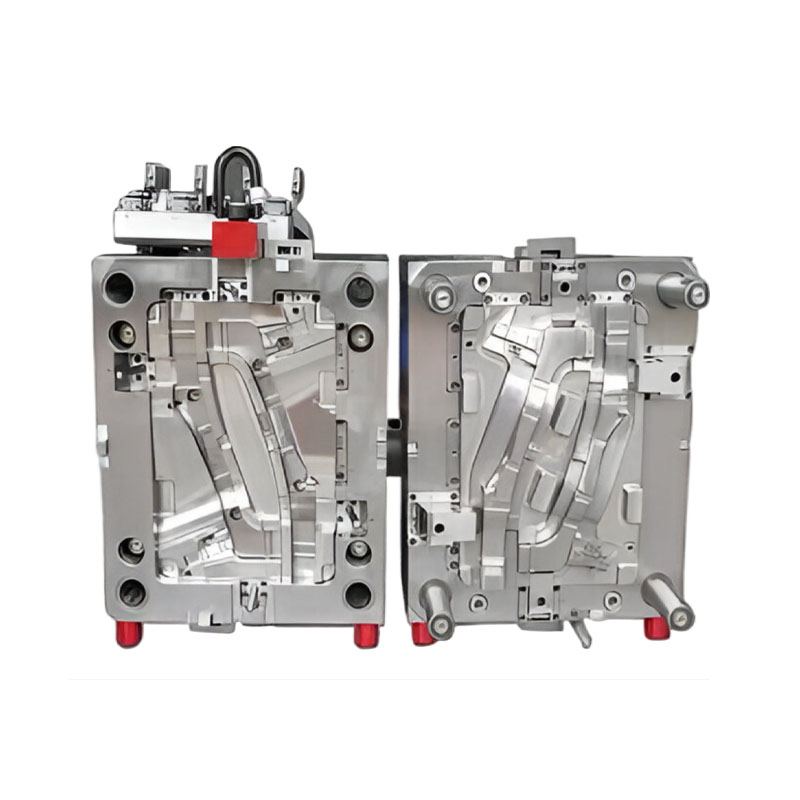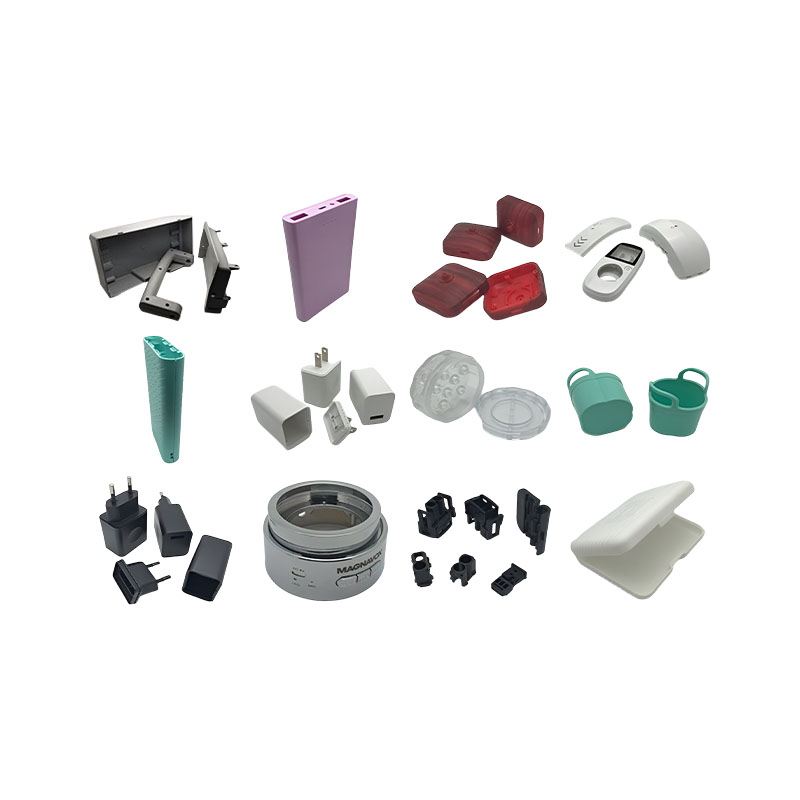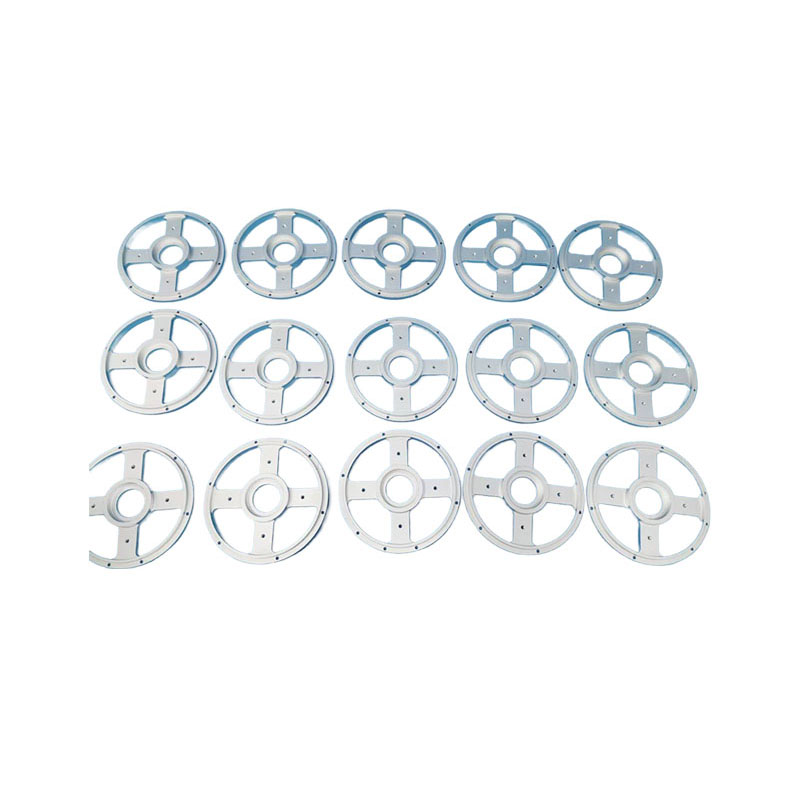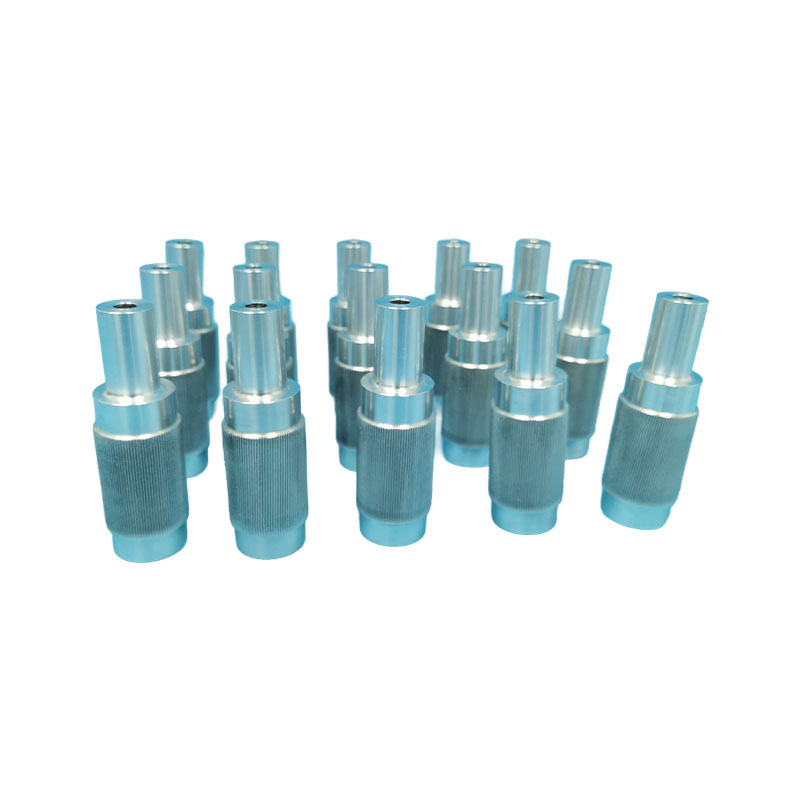How does aluminum CNC turning technology improve the quality of aluminum products?
Release Time : 2025-07-31
Aluminum CNC turning technology significantly improves the quality of aluminum products in a variety of ways. From material selection and processing to the performance and appearance of the final product, every step demonstrates its advanced and superior performance. This high-precision, automated manufacturing method not only improves production efficiency but also ensures the high quality of aluminum products.
First, aluminum CNC turning technology achieves extremely high processing accuracy. Traditional machining methods often rely on manual labor, which is not only time-consuming but also susceptible to human error, making it difficult to ensure product accuracy. In contrast, CNC turning utilizes computer-aided design (CAD) and computer-aided manufacturing (CAM) software to program the design drawings into specific machining instructions. Throughout the entire process, the machine tool precisely executes each movement according to the preset path with minimal error. This high degree of consistency and precision enables aluminum alloy products to achieve unprecedented standards in size and shape, meeting the demand for precision parts in the high-end market.
Second, CNC turning technology excels in surface quality. Aluminum alloys inherently possess excellent thermal conductivity and plasticity, but if not properly controlled during machining, defects such as burrs and scratches can occur. CNC turning utilizes high-speed cutting and precision tools to minimize these defects while processing. Furthermore, modern CNC lathes are often equipped with cooling systems and chip removal devices, effectively preventing heat buildup and chip accumulation during cutting, further enhancing the surface finish and flatness of the workpiece. High-quality surface finish not only looks good but also enhances component corrosion and wear resistance, extending its service life.
Furthermore, aluminum CNC turning technology helps optimize material utilization. Traditional machining often results in raw material waste due to a lack of precise planning and control. CNC turning, by optimizing path planning and multitasking capabilities, minimizes scrap while ensuring product quality. Advanced software tools also simulate the machining process, identifying potential issues and enabling adjustments in advance, thereby improving overall production efficiency. This is particularly important in cost-sensitive industries, conserving resources and reducing production costs.
Furthermore, aluminum CNC turning technology demonstrates unparalleled advantages in machining complex shapes and structures. With the increasing sophistication of industrial design, many products require intricate geometries and internal structures. Traditional machining methods struggle to meet these demands, while CNC turning, through five-axis operation and greater degrees of freedom, can easily meet these complex design requirements. Whether it's surface machining or deep-hole drilling, CNC turning efficiently achieves these tasks, providing designers with greater creative freedom and expanding manufacturing possibilities.
Safety is also a key aspect of aluminum CNC turning in enhancing product quality. CNC turning equipment is typically equipped with multiple safety mechanisms, such as emergency stop buttons, protective door locks, and fault diagnostic systems. These measures not only enable timely detection and elimination of safety hazards, but also prevent losses caused by unplanned downtime. For operators, direct contact with high-speed rotating tools and workpieces is eliminated, significantly reducing the risk of injury. A safe and stable working environment is essential for ensuring product quality.
Furthermore, aluminum CNC turning technology demonstrates significant potential in customized production. As market demands become increasingly diverse, standardized mass production models can no longer fully meet customer needs. CNC turning, with its flexibility and rapid response, enables customized production based on individual customer requirements. Whether for small-batch trial runs or large-scale production, machining programs can be quickly adjusted, enabling efficient transitions. This customized production capability not only improves customer satisfaction but also opens up new market opportunities for manufacturers.
Finally, with the advancement of intelligent manufacturing technology, aluminum CNC turning is moving towards greater intelligence. Intelligent control systems monitor machining status in real time and automatically adjust parameters based on actual conditions, ensuring optimal quality for every product. Furthermore, the application of the Internet of Things (IoT) enables interconnected equipment, forming a complete production network. Through big data analysis and cloud computing, companies can better predict equipment maintenance cycles, prevent failures, and further improve production efficiency and product quality.
In summary, aluminum CNC turning technology significantly enhances the quality of aluminum products by achieving high-precision machining, improving surface quality, optimizing material utilization, handling complex shapes, ensuring production safety, supporting customized production, and moving towards intelligence. It is not only an indispensable part of modern manufacturing but also lays a solid foundation for future industrial development. Whether in aerospace, automobile manufacturing or electronic appliances, aluminum CNC turning will continue to play an important role and push the entire industrial chain to a higher level.
First, aluminum CNC turning technology achieves extremely high processing accuracy. Traditional machining methods often rely on manual labor, which is not only time-consuming but also susceptible to human error, making it difficult to ensure product accuracy. In contrast, CNC turning utilizes computer-aided design (CAD) and computer-aided manufacturing (CAM) software to program the design drawings into specific machining instructions. Throughout the entire process, the machine tool precisely executes each movement according to the preset path with minimal error. This high degree of consistency and precision enables aluminum alloy products to achieve unprecedented standards in size and shape, meeting the demand for precision parts in the high-end market.
Second, CNC turning technology excels in surface quality. Aluminum alloys inherently possess excellent thermal conductivity and plasticity, but if not properly controlled during machining, defects such as burrs and scratches can occur. CNC turning utilizes high-speed cutting and precision tools to minimize these defects while processing. Furthermore, modern CNC lathes are often equipped with cooling systems and chip removal devices, effectively preventing heat buildup and chip accumulation during cutting, further enhancing the surface finish and flatness of the workpiece. High-quality surface finish not only looks good but also enhances component corrosion and wear resistance, extending its service life.
Furthermore, aluminum CNC turning technology helps optimize material utilization. Traditional machining often results in raw material waste due to a lack of precise planning and control. CNC turning, by optimizing path planning and multitasking capabilities, minimizes scrap while ensuring product quality. Advanced software tools also simulate the machining process, identifying potential issues and enabling adjustments in advance, thereby improving overall production efficiency. This is particularly important in cost-sensitive industries, conserving resources and reducing production costs.
Furthermore, aluminum CNC turning technology demonstrates unparalleled advantages in machining complex shapes and structures. With the increasing sophistication of industrial design, many products require intricate geometries and internal structures. Traditional machining methods struggle to meet these demands, while CNC turning, through five-axis operation and greater degrees of freedom, can easily meet these complex design requirements. Whether it's surface machining or deep-hole drilling, CNC turning efficiently achieves these tasks, providing designers with greater creative freedom and expanding manufacturing possibilities.
Safety is also a key aspect of aluminum CNC turning in enhancing product quality. CNC turning equipment is typically equipped with multiple safety mechanisms, such as emergency stop buttons, protective door locks, and fault diagnostic systems. These measures not only enable timely detection and elimination of safety hazards, but also prevent losses caused by unplanned downtime. For operators, direct contact with high-speed rotating tools and workpieces is eliminated, significantly reducing the risk of injury. A safe and stable working environment is essential for ensuring product quality.
Furthermore, aluminum CNC turning technology demonstrates significant potential in customized production. As market demands become increasingly diverse, standardized mass production models can no longer fully meet customer needs. CNC turning, with its flexibility and rapid response, enables customized production based on individual customer requirements. Whether for small-batch trial runs or large-scale production, machining programs can be quickly adjusted, enabling efficient transitions. This customized production capability not only improves customer satisfaction but also opens up new market opportunities for manufacturers.
Finally, with the advancement of intelligent manufacturing technology, aluminum CNC turning is moving towards greater intelligence. Intelligent control systems monitor machining status in real time and automatically adjust parameters based on actual conditions, ensuring optimal quality for every product. Furthermore, the application of the Internet of Things (IoT) enables interconnected equipment, forming a complete production network. Through big data analysis and cloud computing, companies can better predict equipment maintenance cycles, prevent failures, and further improve production efficiency and product quality.
In summary, aluminum CNC turning technology significantly enhances the quality of aluminum products by achieving high-precision machining, improving surface quality, optimizing material utilization, handling complex shapes, ensuring production safety, supporting customized production, and moving towards intelligence. It is not only an indispensable part of modern manufacturing but also lays a solid foundation for future industrial development. Whether in aerospace, automobile manufacturing or electronic appliances, aluminum CNC turning will continue to play an important role and push the entire industrial chain to a higher level.







